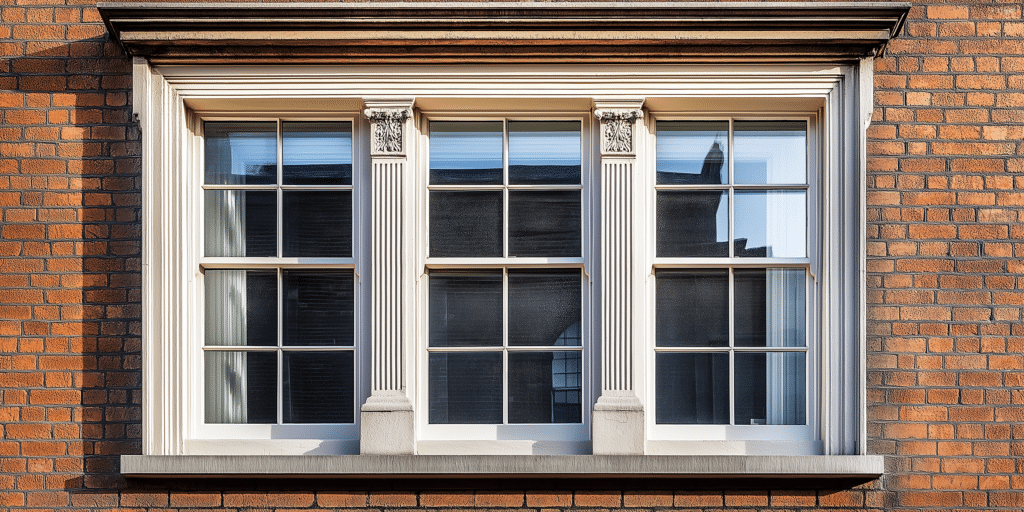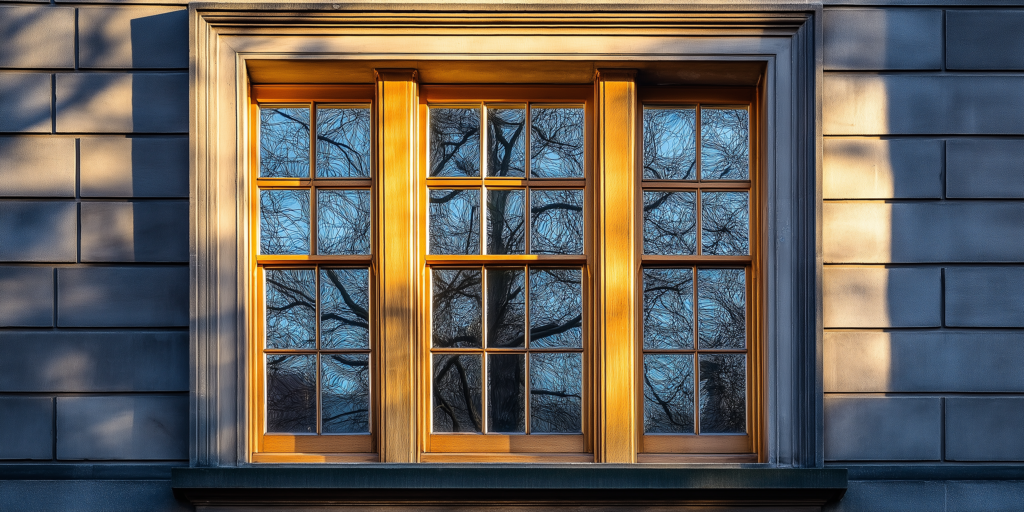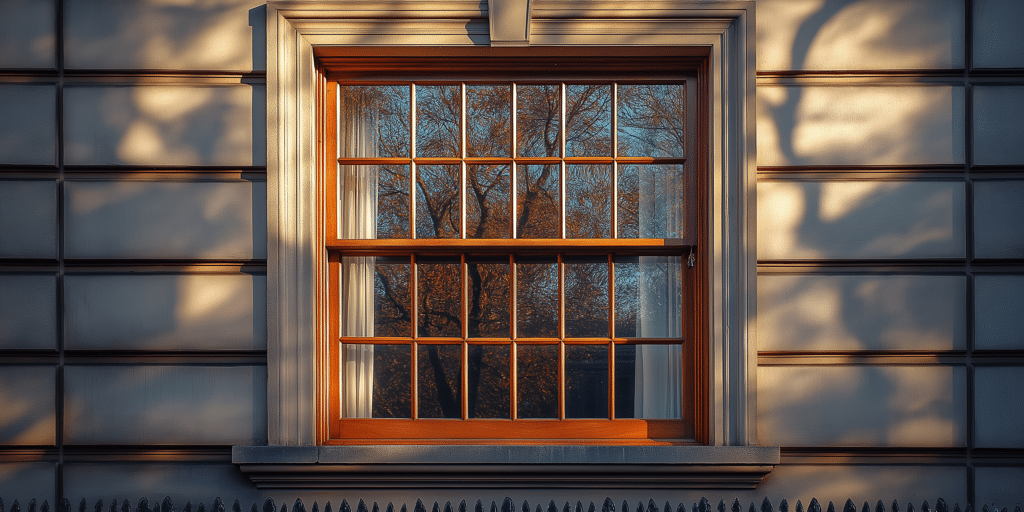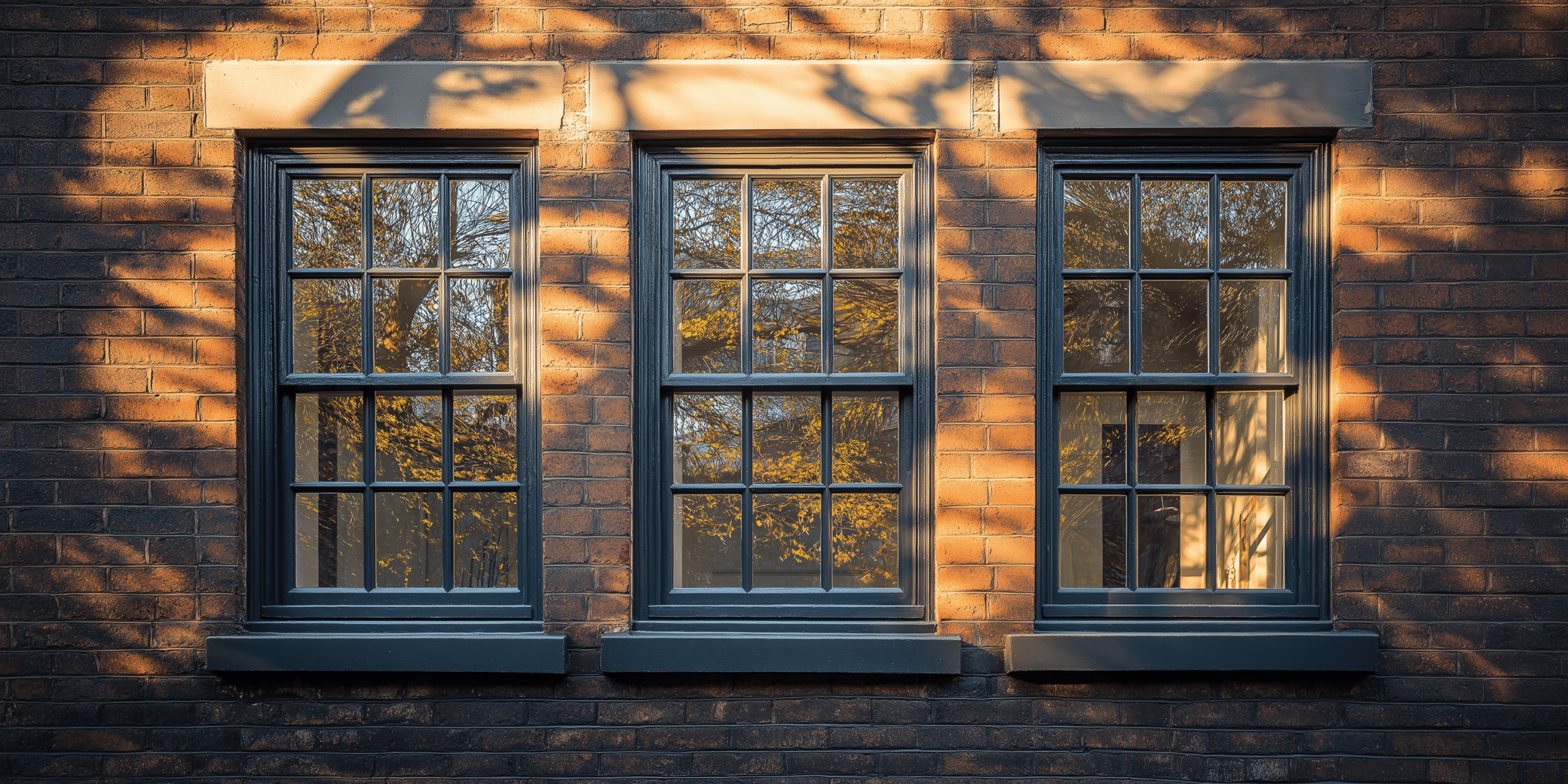Introduction to Sash Window Cills: Understanding the Basics

The cill is not merely decorative; it significantly enhances the window’s performance by ensuring effective water drainage, providing essential structural support, and contributing to the thermal insulation of the window unit. A well-designed sash window cill can prevent draughts and minimise heat loss, thereby playing a critical role in improving the energy efficiency of your property—an increasingly important factor in today’s eco-conscious building practices.
When considering materials for sash window cills, what are the most common choices? Typical materials include timber, stone, and modern composite materials, each offering unique benefits and potential drawbacks. Timber, particularly hardwoods like oak or mahogany, is often favoured for its historical authenticity and aesthetic appeal, especially in period properties. However, it requires regular maintenance to prevent issues such as rot and warping, which are common in environments exposed to moisture.
Historically, sash window cills were constructed predominantly from timber, reflecting the architectural norms of Georgian, Victorian, and Edwardian periods. However, with advancements in materials science, modern composite cills have been developed, offering superior durability, lower maintenance, and enhanced thermal properties. These innovations have made it possible to maintain the aesthetic appeal of traditional sash windows while meeting contemporary standards for energy efficiency and weather resistance.
Different Types of Sash Window Cills: An Overview
There are several types of sash window cills, each designed to meet specific aesthetic and functional requirements. These include the traditional timber cills, stone cills often seen in heritage buildings, and composite cills that combine the best of both worlds by mimicking traditional materials while offering enhanced performance. Different cill types can dramatically affect the overall look of your sash windows and, by extension, the aesthetic cohesion of your building’s exterior.
For example, timber cills provide a warm, natural appearance that complements historical architecture but requires regular maintenance to prevent deterioration. In contrast, uPVC and composite cills offer superior weather resistance and lower maintenance, making them ideal for modern properties. Georgian or Victorian properties often benefit from timber or stone cills that match the period’s architectural details, while contemporary builds might opt for sleek, minimalist composite cills.
Timber cills, while aesthetically pleasing and historically accurate, can be prone to rot and require frequent upkeep. Stone cills are incredibly durable and add a classic touch to period properties, but they are expensive and can be challenging to repair if damaged. Composite cills offer the durability and low maintenance of modern materials with the look of traditional cills, but they may lack the authenticity desired in heritage restorations.
Materials Used in Sash Window Cills: Pros and Cons
The most prevalent materials include timber (particularly hardwoods like oak or mahogany), stone (such as sandstone or limestone), and modern composite materials like uPVC or fibreglass. Each material offers distinct advantages and disadvantages that can influence not only the appearance of your sash windows but also their durability, maintenance needs, and energy efficiency.
Timber is traditionally the most popular choice, especially in period properties, due to its natural appearance and historical accuracy. Timber cills require regular painting or sealing to prevent moisture penetration, which can lead to rot, warping, and eventually structural failure.
Stone, while incredibly durable and resistant to weathering, is costly and difficult to replace if damaged. It also adds significant weight to the window structure, which may require additional support.
Composite cills are engineered to provide the best features of traditional materials with added benefits.These materials are highly durable, require minimal maintenance, and can be manufactured to mimic the appearance of timber or stone, offering a versatile solution for both modern and period properties. Additionally, composites tend to offer better thermal insulation and resistance to weathering, making them a practical choice for energy-conscious homeowners.
Timber, if sourced sustainably, is a renewable resource and can be a more environmentally friendly option compared to uPVC, which is derived from fossil fuels and has a larger carbon footprint. However, composites can also be engineered with recycled materials, offering a balance between durability and environmental responsibility.
Construction and Installation of Sash Window Cills

The process begins with precise measurements and material selection, ensuring that the cill fits seamlessly into the window frame and complements the building’s architectural style. Accurate measurements are essential to ensure a snug fit, which not only enhances the cill’s aesthetic appeal but also its functional performance in water drainage and insulation.
How does the installation process differ depending on the material?
Timber cills require skilled carpentry, particularly when dealing with hardwoods, to ensure clean cuts and a precise fit. Stone cills, due to their weight and brittleness, must be handled with care during installation to prevent cracking, while composite cills are typically easier to install due to their lighter weight and modular design.
Ensuring that the cill is perfectly level and aligned with the window frame is crucial for effective water runoff, preventing water from pooling and causing damage over time. Common challenges include misalignment, which can lead to poor water drainage, and improper sealing, which might allow water ingress. These issues can often be mitigated by using specialised installation tools and techniques, such as applying a bead of silicone sealant along the edges of the cill to ensure a watertight seal.
Maintenance and Repair of Sash Window Cills
Regular inspection and maintenance are crucial, particularly for timber cills, which are more susceptible to environmental damage. Key indicators of wear include signs of rot, warping, or moisture penetration, particularly around joints and edges where water is most likely to infiltrate.
For timber cills, small areas of rot can often be treated with a wood hardener and filler, followed by sanding and repainting to restore the cill’s appearance and function. In cases of severe damage, such as extensive rot or warping, it may be necessary to replace the cill entirely, especially if it compromises the window’s structural integrity.
If the cill has sustained significant damage that affects its structural role or if repeated repairs are no longer effective, replacement is often the best option. By regularly maintaining your sash window cills, you can prevent minor issues from developing into major problems, extend the window’s life, and improve your home’s energy efficiency.
Impact of Sash Window Cills on Energy Efficiency
Sash window cills play a vital role in thermal insulation by preventing cold air from entering the building and reducing heat loss through the window frame. Ensuring that cills are properly sealed and made from materials with good insulating properties can significantly reduce draughts and heat loss, thereby lowering energy consumption and heating costs.
The cill acts as a barrier against external weather conditions, helping to maintain a stable indoor temperature by blocking cold air and moisture from penetrating the window frame. Modern composite materials and cills designed with integrated thermal breaks offer superior insulation, making them an excellent choice for homeowners looking to improve their home’s energy performance.
By enhancing the thermal performance of your sash windows, you reduce your home’s carbon footprint, contributing to a more sustainable environment. Improved energy efficiency also aligns with building regulations and sustainability goals, making your home more compliant with current standards.
Weatherproofing and Sash Window Cills

Sash window cills serve as the first line of defence against the elements, directing rainwater away from the building and preventing moisture from penetrating the window structure. Proper installation and regular maintenance are key. This includes ensuring that all joints are sealed with high-quality sealants, using drip edges to facilitate water runoff, and applying protective coatings to timber cills to prevent rot.
Poor weatherproofing can lead to water ingress, which causes timber to rot, stone to erode, and even composite materials to degrade over time. Key indicators include visible water stains, mould growth, peeling paint, or softness in the wood, which suggests moisture penetration.
Re-weatherproofing should be done as soon as signs of deterioration are noticed, ideally before the onset of winter. The process involves cleaning the cill, repairing any minor damage, resealing all joints and edges, and applying a protective coating or paint to ensure the cill is fully shielded from the elements.
Historical Sash Window Cills: Preservation and Restoration
Historical sash window cills are often crafted from high-quality hardwoods or stone and feature intricate detailing that reflects the architectural style of the period. Preservation involves careful inspection, followed by targeted repairs using traditional materials and methods to maintain authenticity.
Challenges include sourcing appropriate materials, replicating intricate designs, and ensuring that any restoration work complies with heritage conservation regulations. Proper restoration can significantly enhance the property’s value by maintaining its historical integrity and appeal, which is particularly important in listed buildings or conservation areas.
Restoration should prioritise using the original materials whenever possible. When modern materials or techniques are necessary, they should be carefully selected to match the appearance and performance of the originals. For example, using lime mortar instead of modern cement in masonry repairs can help preserve the breathability of the structure.
Choosing the Right Sash Window Cill for Your Home
Factors include the building’s architectural style, the climate, the desired level of maintenance, and the homeowner’s budget. Traditional materials like timber or stone are often preferred for period properties, while modern composite cills may be more suitable for contemporary homes.
Timber and stone cills tend to be more expensive due to the cost of materials and the skilled labour required for installation. Composite cills, while initially less costly, can offer long-term savings due to their durability and low maintenance needs. By considering both the immediate and long-term costs, as well as how the cill will complement the home’s overall appearance, homeowners can make a choice that satisfies all these factors.
The right cill not only enhances the visual appeal of the windows but also contributes to the property’s energy efficiency, weather resistance, and overall durability.
Regulations and Standards for Sash Window Cills

Building regulations ensure that window installations, including cills, meet safety, energy efficiency, and weatherproofing standards. In the UK, for instance, regulations are more stringent for listed buildings or those in conservation areas, where maintaining historical accuracy is paramount.
Failure to comply with these regulations can lead to penalties, increased insurance premiums, and even legal issues, especially in heritage properties. These include selecting materials that meet current standards for thermal efficiency, using approved installation techniques, and ensuring that any restoration work on historical buildings adheres to conservation guidelines.
For example, uPVC might be disallowed in certain conservation areas, where timber or stone would be required to maintain the building’s historic character.
Innovations in Sash Window Cill Design
Recent innovations include the use of advanced composite materials that offer superior thermal performance, durability, and environmental benefits. Technologies such as 3D printing and advanced manufacturing techniques have made it possible to produce cills with intricate designs and precise dimensions, reducing waste and improving fit.
Modern cills often feature integrated insulation layers and thermal breaks that enhance energy efficiency in new builds. In restorations, innovative techniques allow for the replication of historical designs using modern materials that offer better performance.
Sustainable materials, such as recycled composites and responsibly sourced timber, are increasingly used in cill production, reflecting a broader trend towards eco-friendly construction practices.
Final Thoughts: The Importance of Choosing the Right Sash Window Cill
The right cill enhances not only the aesthetic appeal of the window but also its functionality, durability, and energy efficiency. By choosing a cill that complements the architectural style of the building, meets energy efficiency standards, and withstands local weather conditions, homeowners can ensure their windows remain a valuable feature of the property for years to come.




